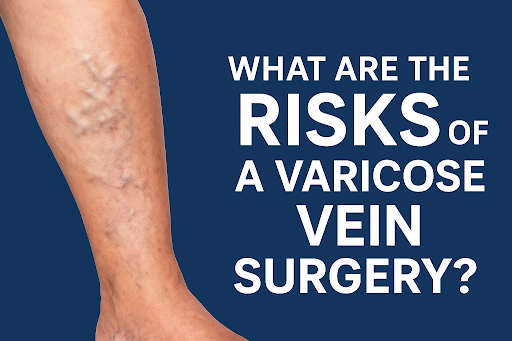A collapsed ankle can be a debilitating condition, affecting not just physical health but also the overall well-being of an individual. Understanding the root causes, signs, and appropriate treatments is crucial for anyone dealing with or wanting to prevent a collapsed ankle.
In the realm of orthopedic concerns, a collapsed ankle is not merely an inconvenience but a serious issue that demands attention. Whether you’re an athlete, a fitness enthusiast, or simply navigating through daily life, knowing why a collapsed ankle occurs and what steps to take is essential.
Understanding the Anatomy
Before delving into the causes and treatment, it’s vital to grasp the complexity of the ankle joint. Comprising bones, ligaments, and tendons, the ankle plays a pivotal role in our mobility. The intricate interplay of these components determines the stability of the joint.
Causes of a Collapsed Ankle
A. Traumatic Injuries
Accidents, falls, or sports-related incidents can lead to traumatic injuries that compromise the ankle’s structural integrity.
B. Chronic Conditions Affecting Ankle Stability
Certain medical conditions, such as arthritis or ligamentous laxity, can contribute to the gradual weakening of the ankle.
C. Genetic Predispositions
Some individuals may have a genetic predisposition to ankle instability, making them more susceptible to a collapsed ankle.
Signs and Symptoms
Recognizing the signs of a collapsed ankle is crucial for early intervention. Persistent pain, swelling, and difficulty bearing weight are common indicators that shouldn’t be ignored.
Diagnosis
To determine the extent of the damage, a healthcare professional may conduct a physical examination, order imaging tests, and consult with specialists.
Immediate First Aid
The R.I.C.E. method—Rest, Ice, Compression, and Elevation—provides initial relief. Additionally, effective pain management and avoiding strain on the affected ankle are key considerations.
Professional Medical Treatment
Orthopedic interventions, physical therapy, and in severe cases, surgical options may be recommended based on the severity of the collapse.
Long-Term Rehabilitation
Recovery extends beyond immediate treatment. Ankle-strengthening exercises, lifestyle modifications, and preventive measures play a crucial role in long-term rehabilitation.
Consequences of Untreated Collapsed Ankle
Ignoring a collapsed ankle can lead to chronic pain, an increased risk of re-injury, and degenerative changes in the joint.
Coping with Collapsed Ankle Emotionally
Addressing the emotional aspect of dealing with a collapsed ankle is vital. Mental health considerations and a robust support system can significantly impact the recovery process.
Real-Life Stories
Hearing the experiences of individuals who have faced and overcome collapsed ankles provides inspiration and insights into overcoming challenges.
Prevention Tips
Prevention is the best cure. Strengthening exercises, proper footwear choices, and regular check-ups with healthcare professionals can significantly reduce the risk of a collapsed ankle.
When to Seek Emergency Care
Understanding the red flags that indicate the need for urgent medical attention is paramount. Prompt intervention can make a significant difference in the outcome.
Conclusion
In conclusion, understanding the causes, symptoms, and treatment options for a collapsed ankle is crucial for optimal recovery. Don’t underestimate the importance of seeking professional guidance and following through with recommended therapies to regain full mobility and prevent future issues.
Frequently Asked Questions
1. What causes a collapsed ankle?
A collapsed ankle can result from traumatic injuries, chronic conditions affecting stability, or genetic predispositions.
2. How do you treat a collapsed ankle?
Treatment may involve immediate first aid (R.I.C.E.), professional medical intervention, and long-term rehabilitation measures.
3. What if I leave a collapsed ankle untreated?
Untreated collapsed ankles can lead to chronic pain, increased re-injury risk, and degenerative joint changes.
4. Can a collapsed ankle heal on its own?
While some minor cases may improve with rest, severe instances often require professional medical attention.
5. Are there any long-term complications?
Long-term complications include chronic pain, reduced mobility, and an increased susceptibility to future ankle issues.
Conquer Back Pain Before It Starts: Essential Prevention Strategies








